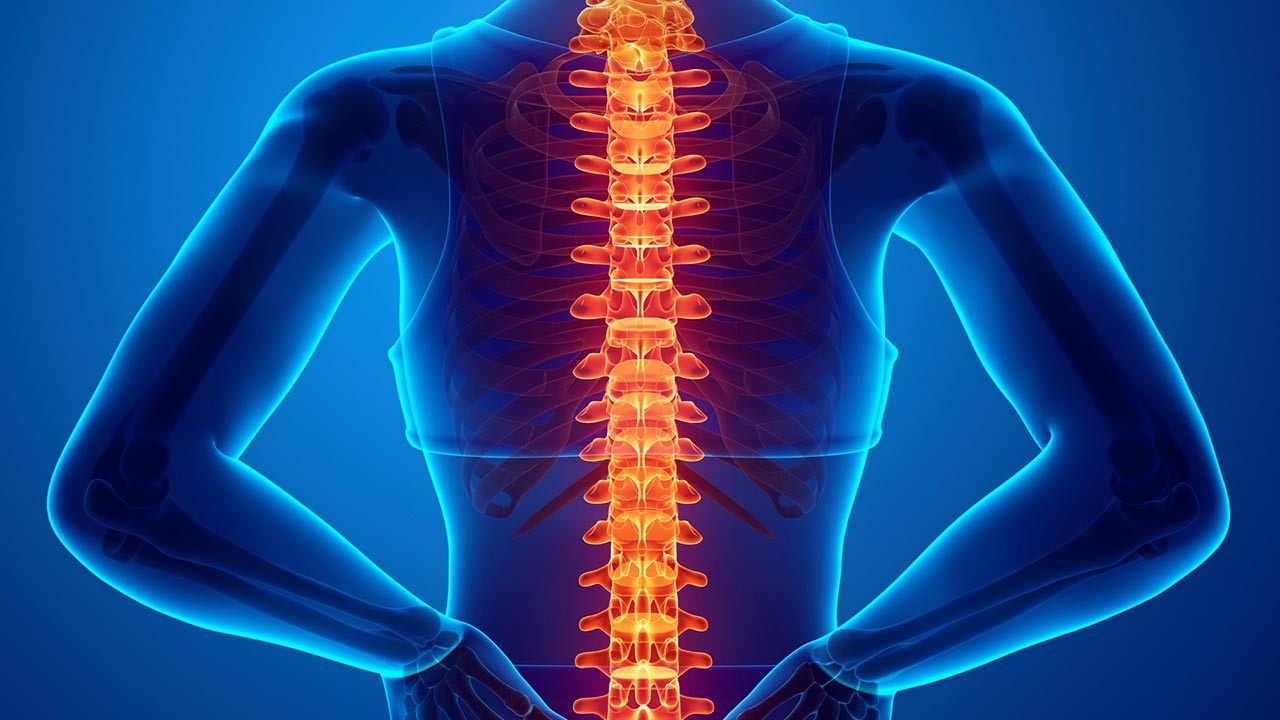
Common spine conditions and diseases
As back care experts, chiropractors get to see how your spine changes through the incredible cycle of life. Chiropractors get a unique view of how the body can handle the extraordinary stresses put on it every single day and in this series we look at the spine and how the cycle of life affects it.
If we don’t work to keep our spine strong as we get older, we end up developing conditions and diseases that impact everything from our appearance and mobility to our overall quality of life.
A condition that is fairly well known is osteoporosis. Osteoporosis leads to softer bone and can reshape vertebrae over time. Osteoporosis is more common in women, but it does affect men too.
Over 80 per cent of fractures over the age of 50 are caused by osteoporosis.
One in three women and one in five men will suffer and osteoporotic fracture during the lifetime.
You can help prevent osteoporosis by making sure you’re getting enough vitamin D and calcium (through foods or supplements).
As we age another issue that can occur is something called creep phenomenon. When bones are subjected to a constant physical load, they can gradually change shape, and creep phenomenon can actually cause you to shrink.
An example of this is when we have poor posture and osteoporosis what results is the forward upper back curve we typically see in seniors.
Another injury that is quite common to the spine as we age is what people commonly call a slipped disc.
When we talked about the structure of the spine in the 24 vertebrae we rely on everyday blog, you’ll recall that the vertebrae are all connected by discs. The inside of these discs contain a high percentage of water and they act as a shock absorber.
When people talk about a slipped disc, what they are actually referring to is the inside of a disc herniating (or bulging) out through its hard covering. A disc can’t actually slip anywhere – it’s attached to the vertebrae above and below.
Although this injury may be caused by flexing forward and twisting (often while lifting something), a herniated disc doesn’t occur after a single incident. It takes a history of repetition and stiffness in the joint to eventually create a herniated disc.
This is why it is so important to make sure you are exercising regularly and including a good stretching routine on a regular basis throughout your day—especially if you are at a desk, in a car or are sedentary for most of the day.
Thanks to Dr. Chad Kulak and Dr. Kelly Fleck for their assistance with this series. If you have comments or questions for us, please connect with us on our Facebook or on Twitter.

